Rosan Quattrocchi
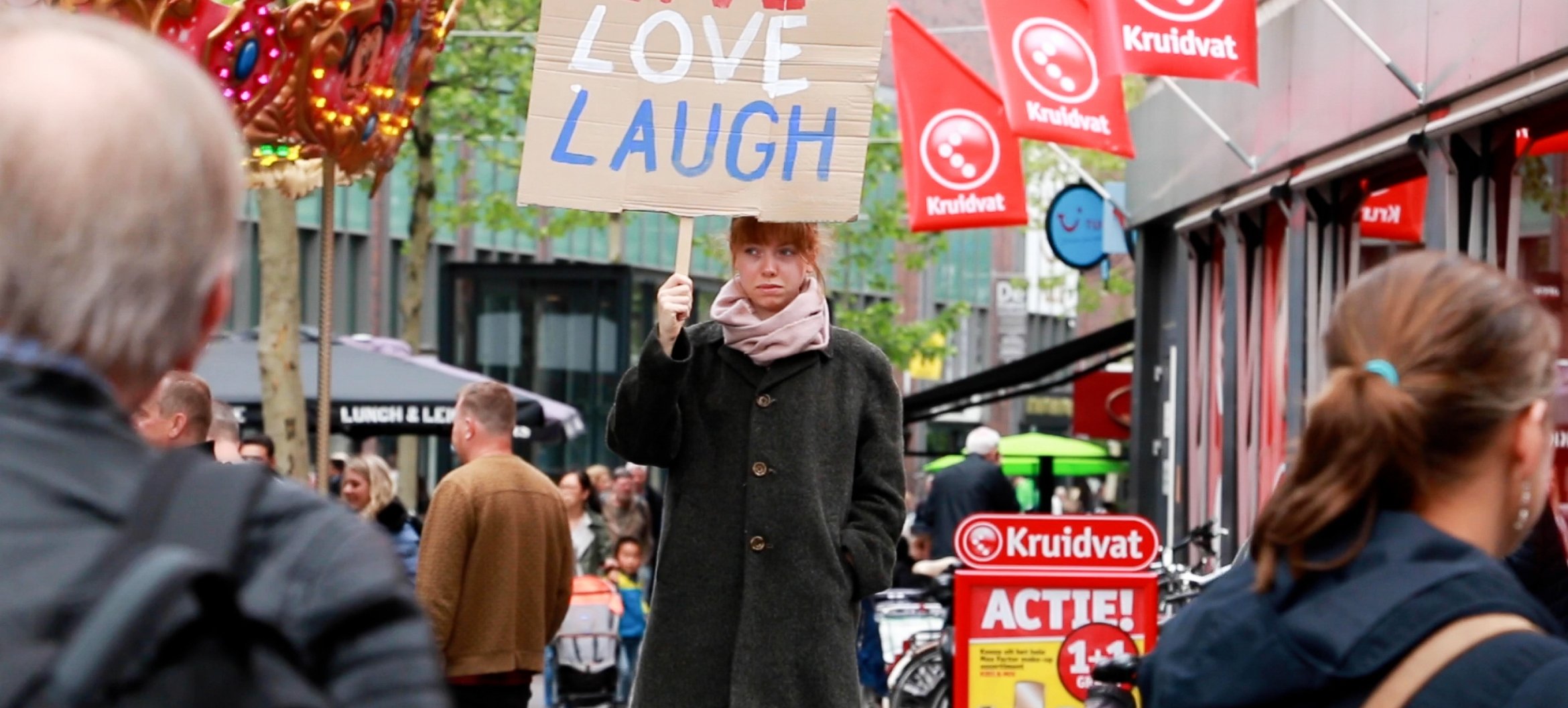
When I say ‘I’m a designer', I am referring to a way of thinking that is solution-driven and uses artistic mediums. Design is my practice and how I apply design to social issues defines my artisteducator identity. In the past year, I have learned how to position myself as a professional in relation to various social issues and communities. In this preamble, I will break down the key markers of this learning journey and where it has led me.
There are many ways to interact with a community as an artisteducator. There is a tempting danger of making the community a passive player in the artistic process, especially if there is already a specific research question when going into to project. In the worst case, this will lead to Tokenism (Hart, 1992) of the community. In other words, it may seem like the community is given a voice but in reality, they have little agency in the work that is supposed to represent them. This is what I want to avoid at all costs. That is why I tend to wait with formulating a research question or problem until I have had conversations with the people I work with, and ideally formulate it together. Once everyone in the project is aware and agrees with the main goal, there should be activities to gain new knowledge and accomplish this goal. That is why I consider my practice as Participatory Action Research (PAR).
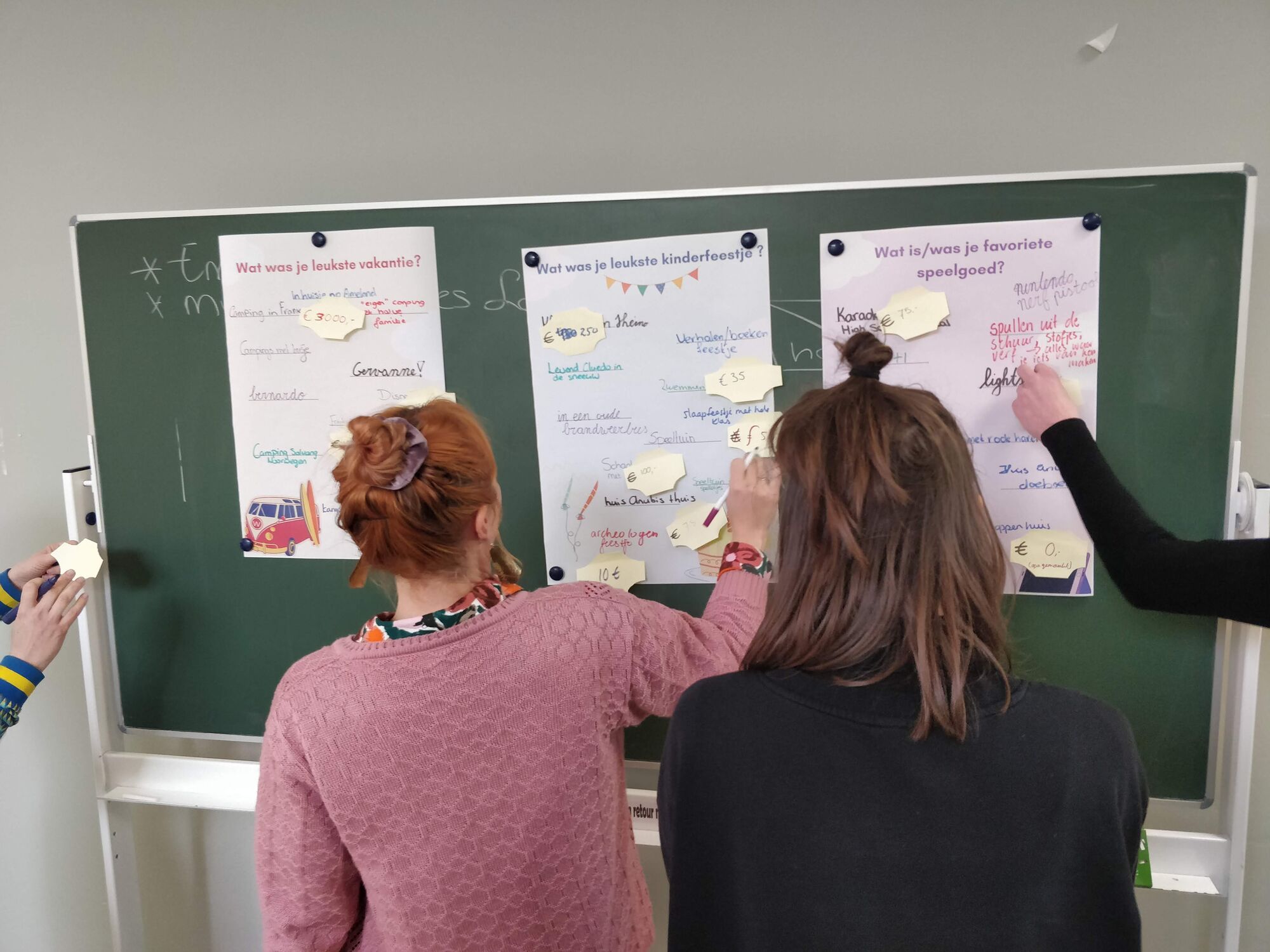
Project Play (2022)
An example of this would be Project Play, a project that united primary school teachers, high school teachers and artisteducators to work together on finding methods to incorporate more creativity and play into their pedagogy. There were various individual research questions present in the project, therefore we made the effort to continuously check in with each other to see if we were still on the same page. The goal is to ensure that everyone feels like they have equal stakes in the project. An equal sense of agency among all the participants in the group is another goal that is important in my practice. By that, I mean that everyone feels like they can contribute to the goal and feels heard. Even more important than a ‘sense of agency’ is people having actual agency. When people have agency they are actors in the project and not only passive objects (Davids, 2011) Inspired by bell hooks' ideas on the Democratic Classroom (hooks, 1994), I strive to make space for lived experiences as knowledge to evoke this agency. During a site- specific community project in the Shankill area in Belfast, we achieved this by giving the young participants control over the narrative of their lives and community. With a photography game that asked them to document their community, they showed us places that had a significant impact on their identity and life.
The Belfast project also serves as an example of another important aspect of my practice, the use of games and play. The project contained four games, including the photography game. The research question for the project was ‘What are young people their opinions and views on The Shankill?’ By developing games for this project, we created space for fun and play. Using these elements makes it easier to engage with topics such as inequality and oppression. Topics that usually cause negative responses. I’ve discovered that once the engagement is established, people are more willing to share their opinions, insights and experiences. Moreover, games can also be used to make the interaction between people go smoother.
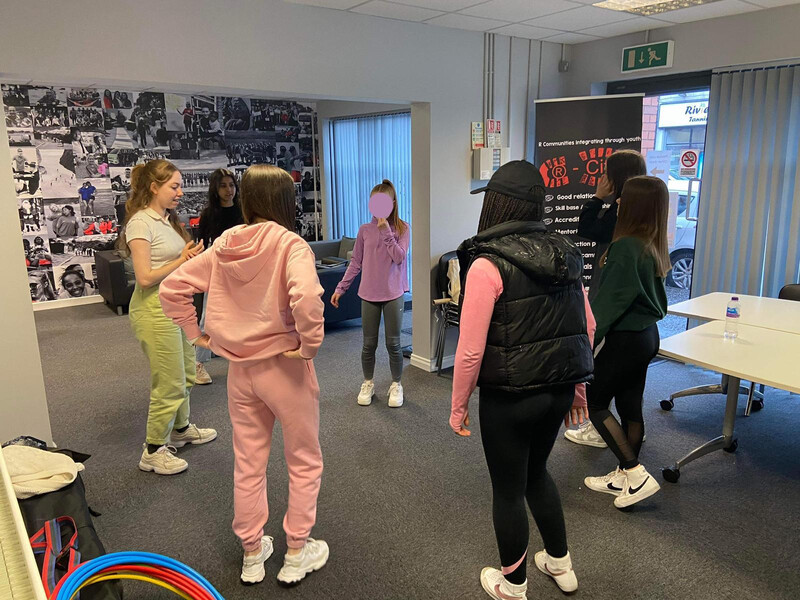
Belfast (2022)
What I prefer to do during workshops is draw on artistic skills and crafts that are already present in the group. With Project Play I discovered early on that almost the whole group had experience with graphic design so I created space for them to use this during the project. This empowered them because they did not need to rely on an educator to execute their ideas. My role was to facilitate the production of these ideas by providing tools that spark creativity. An example of such a tool would be moderating brainstorming sessions using my knowledge of the creative process as a designer or playing association games. Using their existing skills also made them feel more at ease, which created room to take more risks with other aspects of the workshop such as actively playing and having conversations on pedagogy. Once a project is done, the intention is that the tools I have provided will not leave with me but are keep being used because I want the project to be sustainable.
Above all, I want to give people the tools to think critically about societal issues and make them aware of the power they have to make a change. With Project Play we provided the teachers with games and methods to make their job more creative and fun and brought back the joy in their practice. During the Belfast project, we made young people more aware of the environmental injustice that happened in their community. This can be supported by pedagogue Paulo Freire (1996) who states that once the awareness of oppression is established, working together on social change is possible.
The Ravenboard / 2021
You need the government for resources to survive. The same government that can simply reclaim your benefits if they see you as a fraud. This game makes you feel the reality of dependence on the government.
We hear of big figures, such as the 1 million people in the Netherlands who live below the poverty line and very tragic stories of people who are in the middle of the downward spiral of the system.
Why does is come this far? What makes people desperate?
How many steps do you need in the game to see no way out?
With real life examples you will experience how the little things can make a difference.
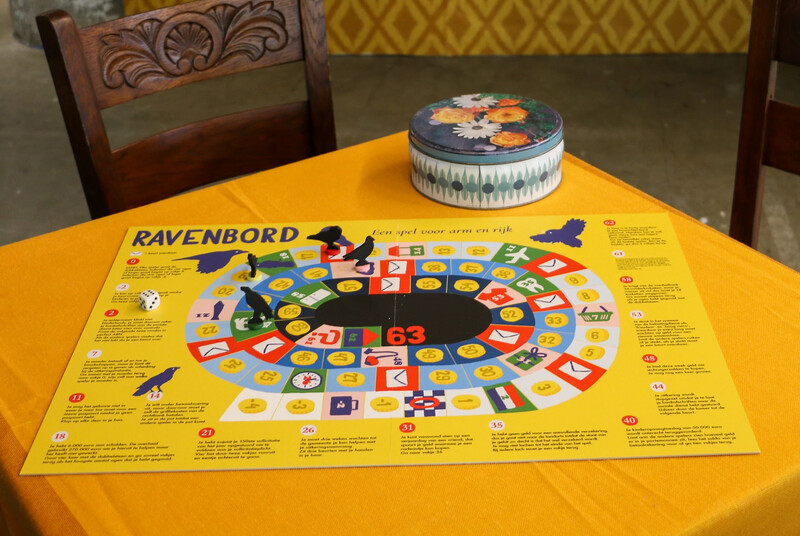
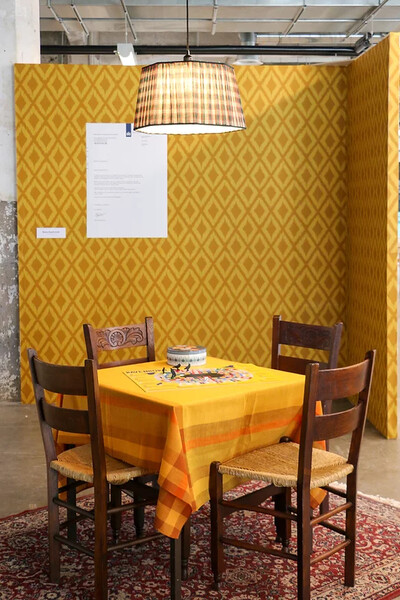
The Meaning of a Word is it’s Use / 2019
Series of 5 videos
An examination of the relationship between language and it’s medium
Deze pagina is voor het laatst gewijzigd op 12 februari 2022
Sta jij op deze pagina? En heb je een opmerking? Mail naar de redactie.